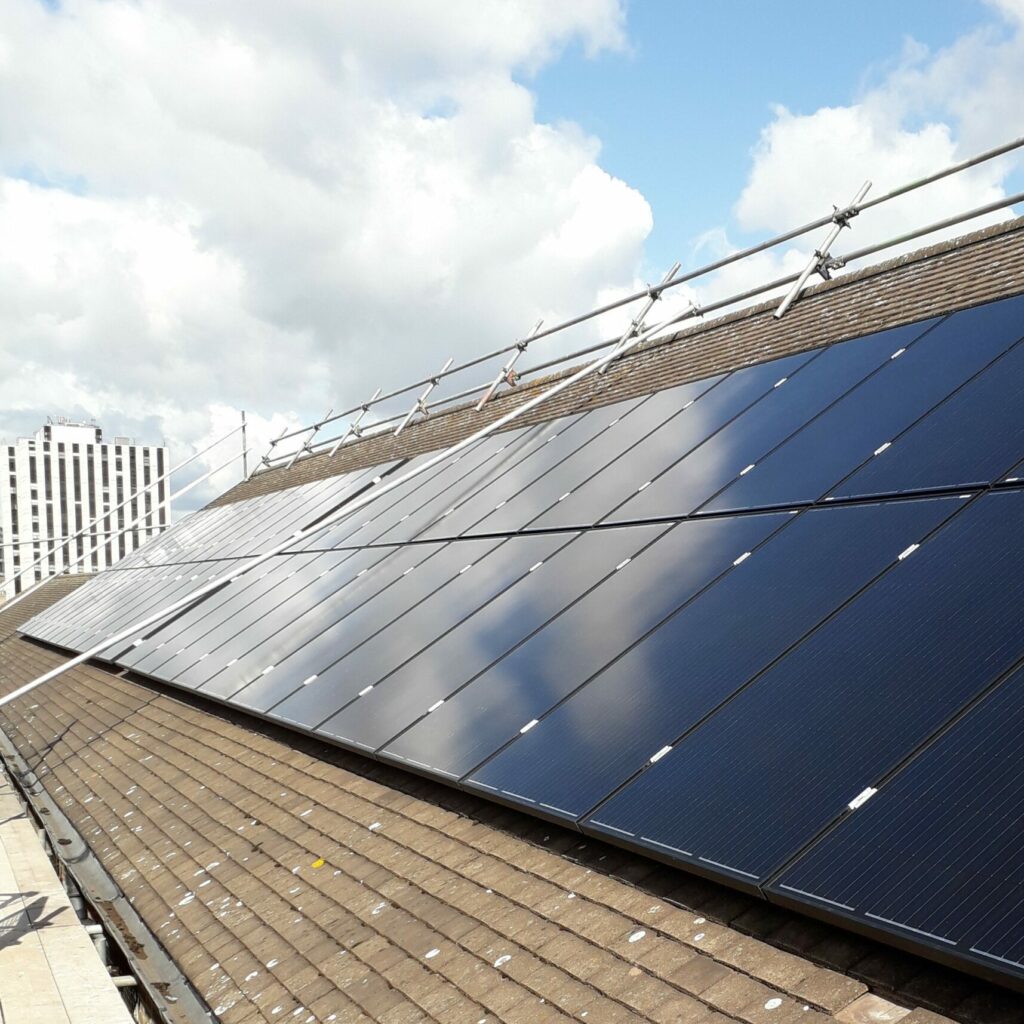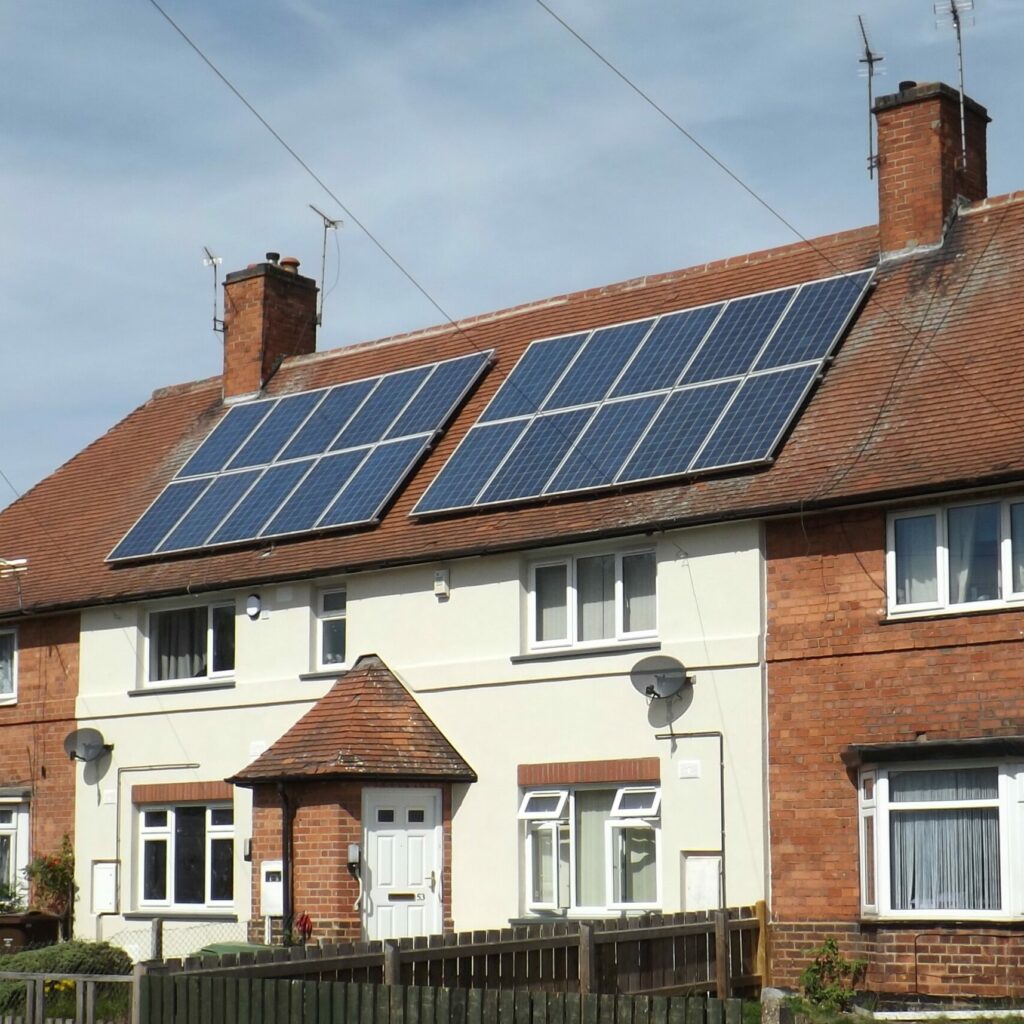£2.5 billion
cost to the NHS every year of poor quality homes
(Source: BEIS/National Statistics)
cost to the NHS every year of poor quality homes
Climate change is real and presents a significant threat to life, ecosystems and economies across the world. Reducing carbon emissions plays a vital role in keeping average global temperatures down to manageable levels. Insulating homes and commercial buildings is a key part of this process because it helps to reduce the demand for heating energy.
Insulating homes has never been more important. Home heating costs have been rising quickly in recent years, straining the budgets of millions of families in Britain. The government’s own research briefing on Fuel Poverty notes that “around 13% of households in England were classed as fuel poor, 25% in Scotland, 12% in Wales, and 18% in Northern Ireland.”
Old housing stock is part of the problem; particularly those with solid walls. It’s estimated that a solid walled property can lose as much as 45% of its heat through the walls.
Better insulation can help to transform the comfort of people’s homes and also reduce a major financial burden. Raising people’s effective disposable incomes can ultimately improve their quality of life.
Homes that lose heat quickly are expensive to maintain, forcing some householders to choose between buying food and staying warm. That’s an unacceptable situation in a country that ranks as one of the richest in the world. Redressing that imbalance demands new investment in insulation and other energy efficiency measures that make homes warmer, cheaper to run and less susceptible to dampness.
Cold and damp living conditions are associated with numerous health problems. The World Health Organization Europe notes that “occupants of damp or mouldy buildings are at increased risk of experiencing health problems such as respiratory symptoms, respiratory infections, allergic rhinitis and asthma.” Insulation can play a key role in making homes warmer and dryer.
In addition, many heating systems produce pollution that can reduce air quality. This is a particular problem in many urban areas, where airborne particulates and exhaust gases can exacerbate health conditions such as asthma. By reducing the need to burn fuels to heat living spaces, insulation has a direct role to play in improving air quality and health.
According to analysis by BRE, “Poor housing in England could be costing the NHS £1.4billion a year in treatment bills,” and “more than half (£857 million) of this… can be attributed to defects in poor homes which expose residents to excessive cold.”
The UK government’s Heat and Building Strategy notes that the growth of the energy efficiency retrofit sector has the potential to create 175,000 skilled green jobs by 2030.
It writes: “The transition to Net Zero represents a huge economic opportunity for the UK… We will need to deploy energy efficiency improvements and install new, low-carbon heating systems on an unprecedented scale, creating new employment opportunities across the country, new skills, new and expanded factories, and enabling the UK to seize the benefits of exporting our low-carbon goods and expertise.”
Government funding policies rightly promote a ‘fabric first’ approach to energy efficiency. Best practice dictates that the first and most important step is to ensure that buildings can hold on to whatever heat is inside them. That makes insulation measures a critical consideration, particularly when delivering projects in line with the new PAS standards and under government-funded initiatives.
There are numerous types of insulation measures and choosing the most appropriate product(s) for any given property is a vital part of the retrofit process. Some examples are listed below, together with links to the relevant sections of the Simple Energy Advice website.
If your house has cavity walls that have not been insulated, it may be possible to inject insulation into the cavity to help keep your house warm.
If your house was built before the 1920s, it is quite likely to have solid walls. Some newer houses, or those known as ‘non-traditional’/’system-built’, were built without a standard cavity, in which case solid wall insulation may be the best option.
Party wall insulation is worth considering if you have a vented cavity party wall. The best indication is the age of your property.
Adding insulation to a park home will help keep the heat in, making the room beneath more comfortable while helping to keep your bills down.
If the ground floor of your house is made of a solid concrete slab, or flagstones or similar, with no air gap underneath, then you may want to consider solid floor insulation.
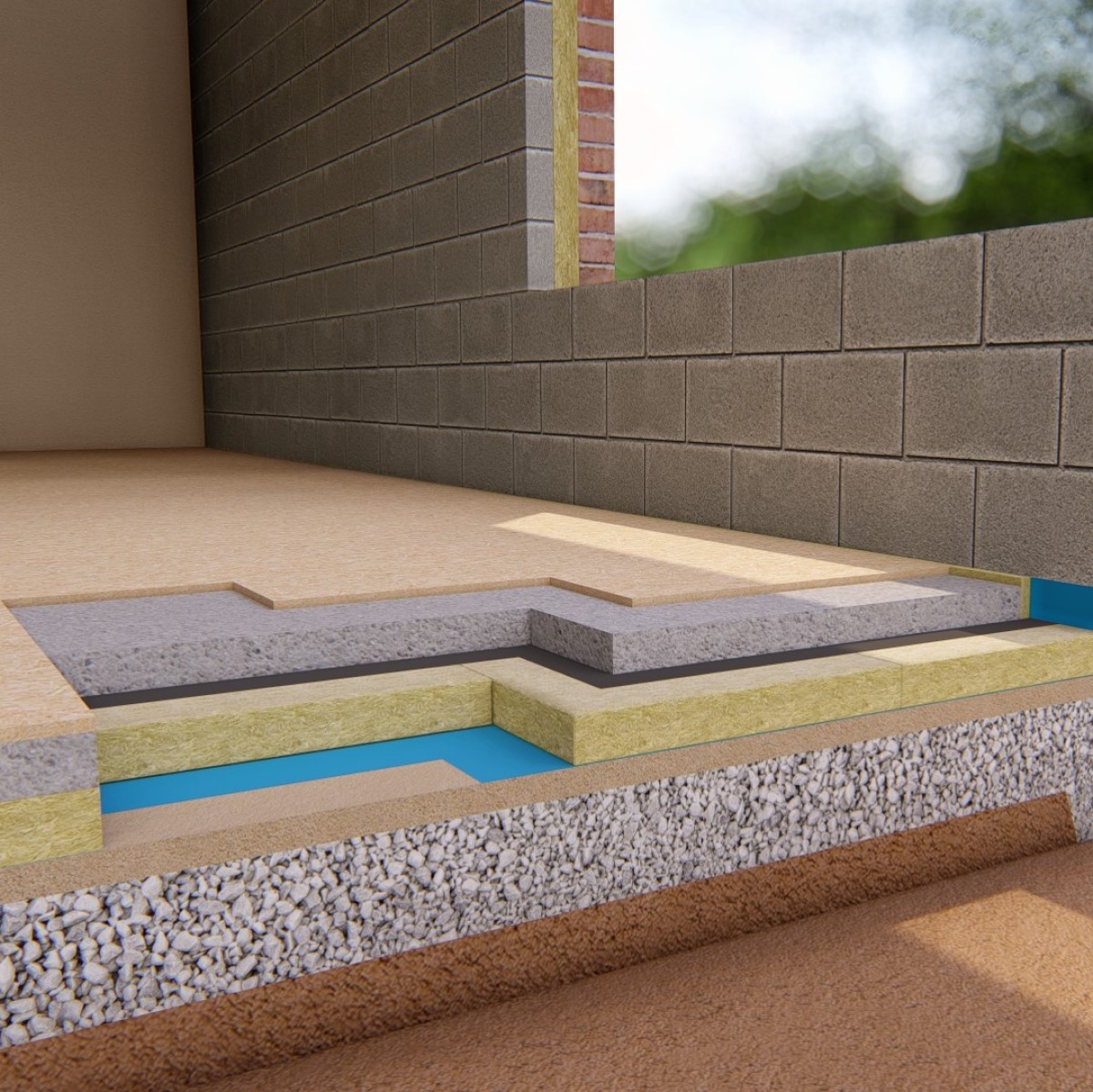
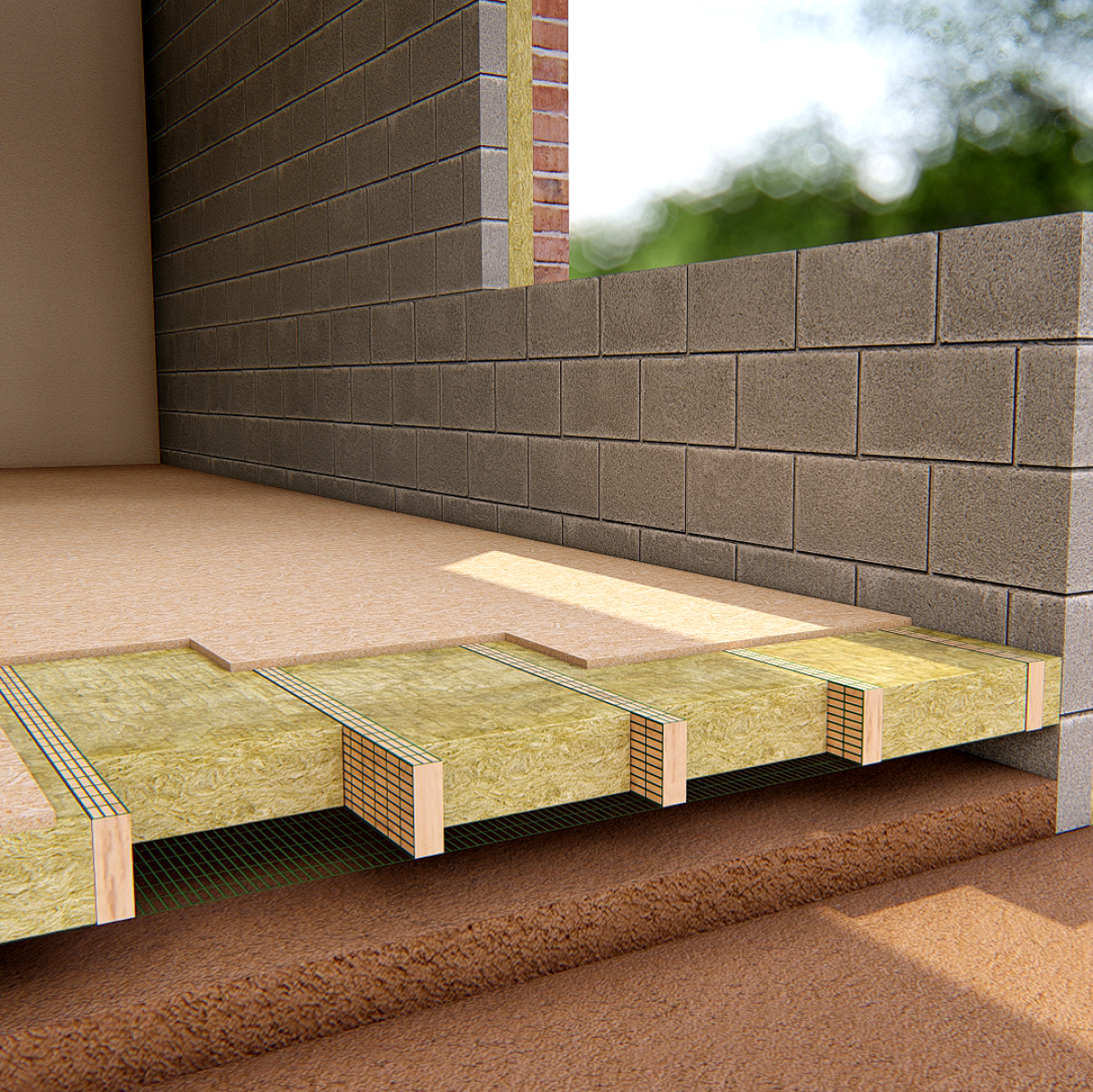
If your house has a suspended timber floor on the ground floor, then a layer of insulation can be held in place under the floor between the joists. This is called Under Floor Insulation (UFI).
If you have had your loft converted into a room, or if your house was built with a room in the loft, with at least some sloping ceilings, then you have a roof room or “room in the roof”. If this roof room is not insulated, you will find it very difficult to heat.
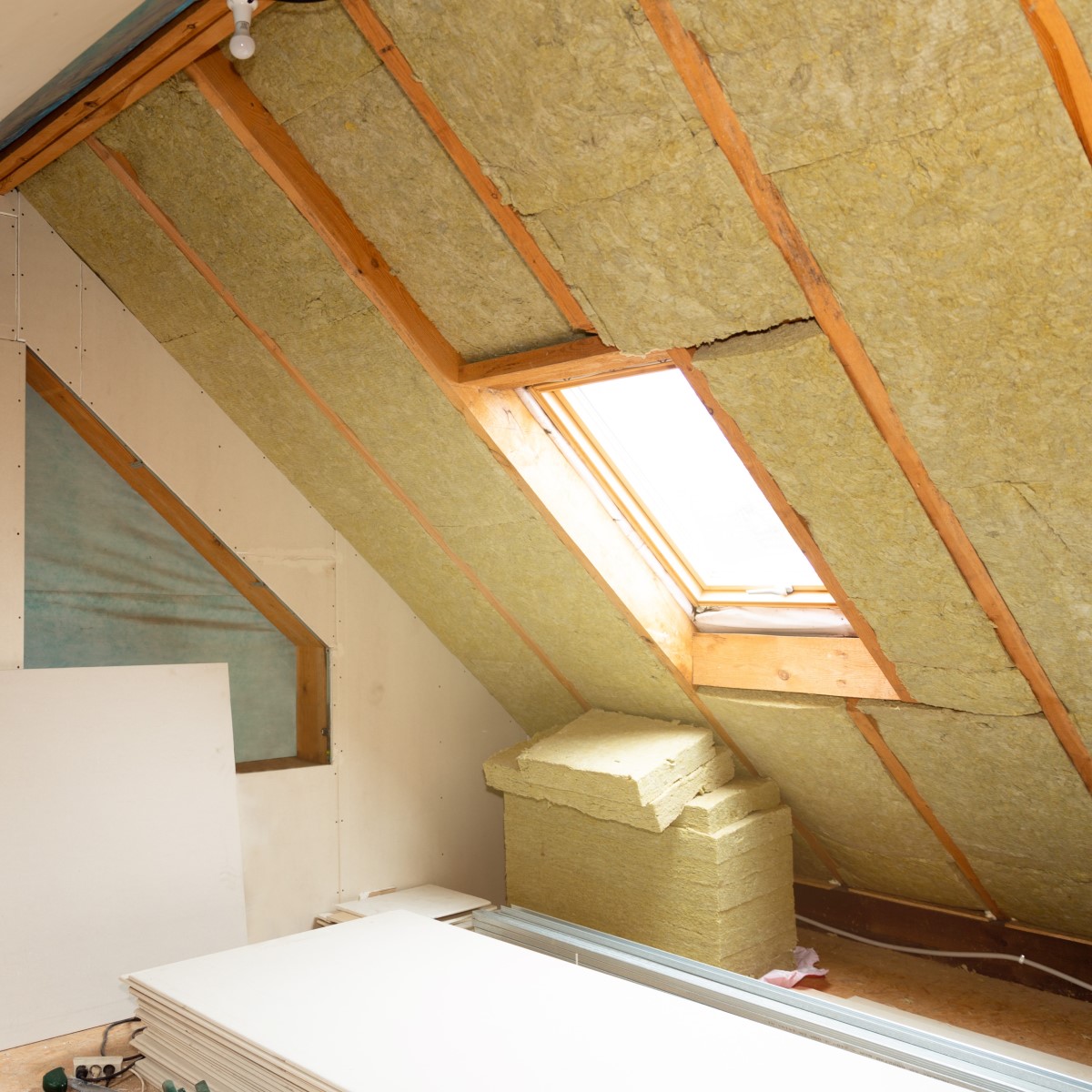
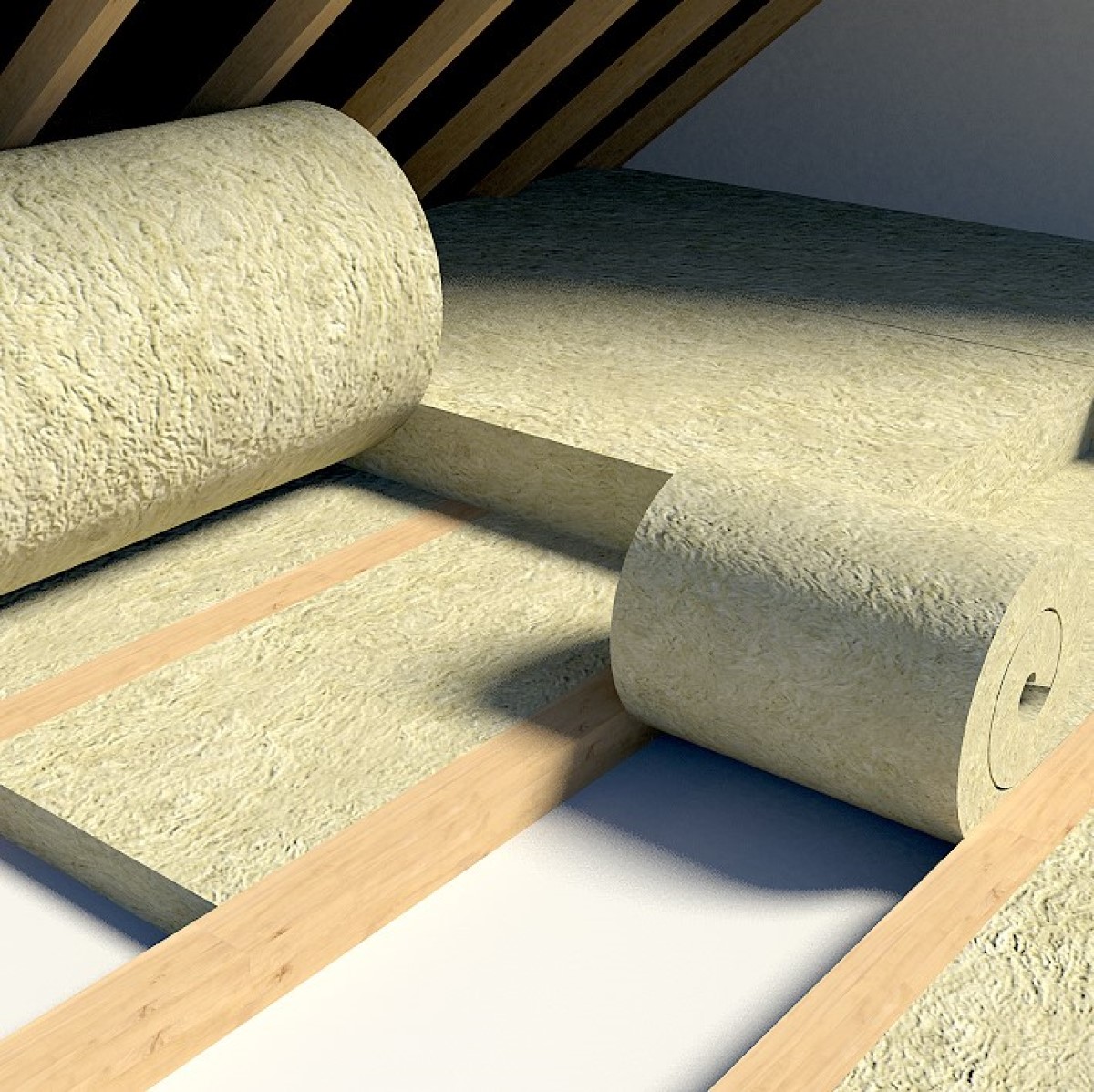
If you have an unheated loft with less than 200mm (8 inches) of insulation at the floor level, then it is probably worth adding an additional layer to help keep the heat in.
If you have a flat roof above any heated room, then you will want it to be insulated to help keep the heat in.
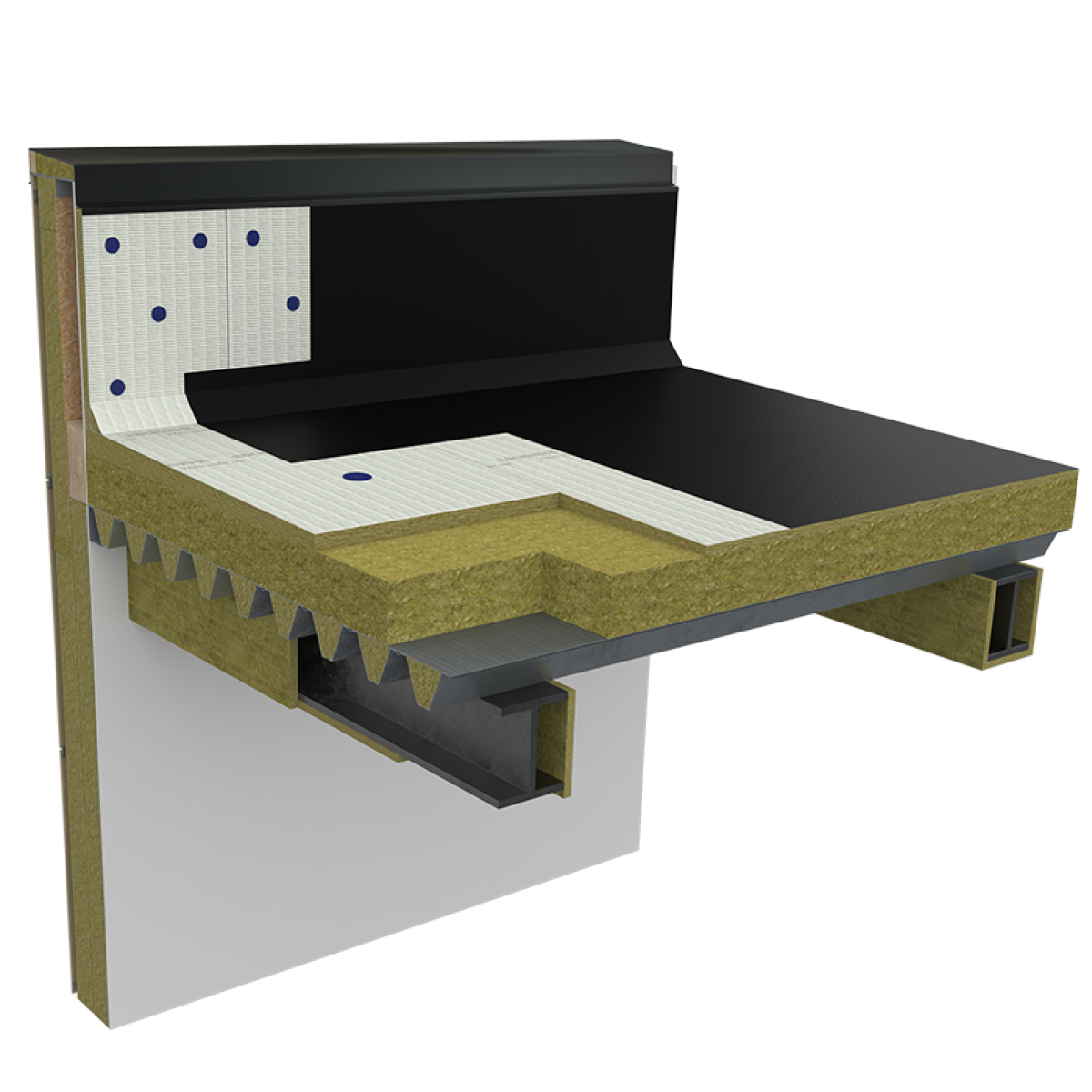
Other measures that are complementary to the fabric-first approach include:
Policymakers are keen to see progress towards the UK’s Net Zero ambition for 2050. However, they also recognise the need to use funding effectively. As a result, public authorities are increasingly emphasising the value and importance of whole-house, ‘deep retrofit’ projects. This entails installing multiple measures in a single coordinated project to deliver significant performance improvements while also reducing costs through project efficiency and economies of scale.
